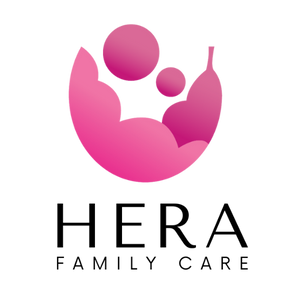
5 Steps to Financially Prepare for Parenthood by Aunjane Johnson
Here are some helpful tips on preparing for a baby

There are many mothers and couples who decide that they want to use infant formula instead of breastfeeding, or wish to express the milk and give it with a bottle.
Despite WHO guidelines on breastfeeding, it’s important to know that any way that works for you to feed your baby is the right way.
In this article we will refer to useful information on how to bottle feed either formula or pumped breast milk, ways of sterilisation and stools of the formula fed baby.
The creation of a bond during feeding
The bond between infant and parent is a cornerstone for the future development of the child. Especially the first days and weeks it is of enormous importance to create this secure bond.
This can be done with both parents even if you have decided to use formula.
What do we recommend?
Let’s talk about this a little;
If they are fed by different people each time this can cause upset and confusion to the baby as everyone has a different way of handling it. So we recommend that only parents feed the baby initially to create this bond of safety and love.
It is important to spend time feeding to get to know each other. Use this time to bond and communicate with your baby.
What milk should I use in the beginning?
Initially it is important that your baby only has “first infant milk” or formula. It is specific for this age group.
You can continue with this milk for the first 6 months. No need to change milk, everything is practically the same. The only reason why you should change, after discussion with your paediatrician of course, would be in case of an intolerance that we will discuss below.
We should mention here that the baby does not need to drink water until at least 6 months. In fact we avoid it.
What do I need for bottle feeding?
How do I sterilise the bottles and materials I need?
There are several available sterilisers. These range from steam sterilisers, cold water sterilisers that require a special sterilisation fluid, microwave sterilisers, and traditional boiling.
You can use any method you wish as long as you follow the instructions correctly.
How do I make the formula?
Each formula has instructions for amounts and use. It is very important to follow these instructions so that the milk is not too thick or too diluted.
These are general instructions on how to avoid discomfort and germs in our baby’s stomach as much as possible.
Pour some of the milk inside your wrist to check the temperature. If the temperature is tolerated on the skin of the inside of the wrist then it is ready for use.
What stools do we expect to see from our baby?
Come to Hera Family Care’s Baby Care classes to learn more about these things! We will also discuss things to be worried about and signs you may have to see a doctor!

Here are some helpful tips on preparing for a baby

Menopause is a natural biological process that marks the completion
Stay in touch with us for more articles and publications.
© All rights reserved by Hera Family Care. Designed and Developed by Cybeem Technologies
